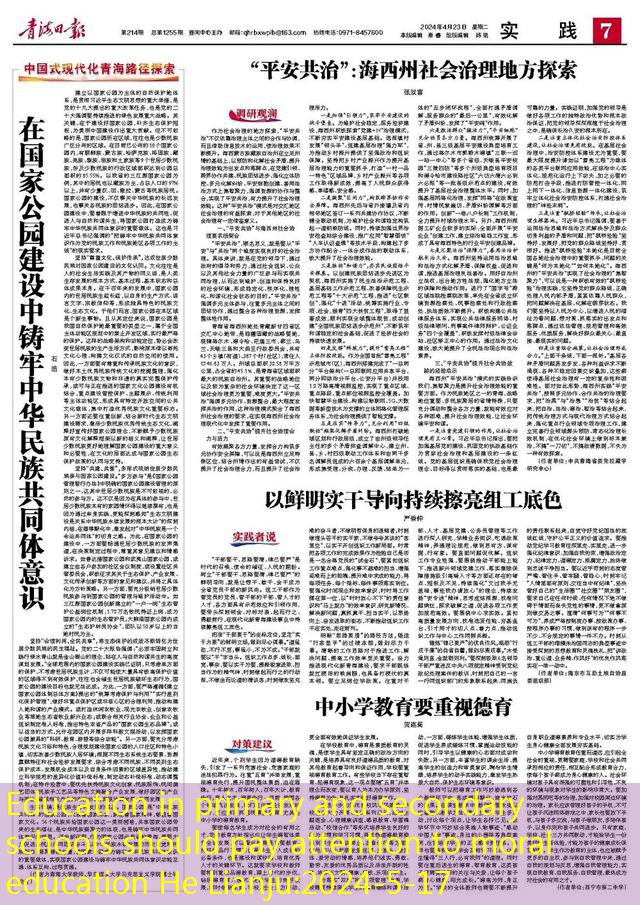In September 1993, a monumental event took place in Europe that would redefine the continent’s economic landscape – the creation of the European Single Market. This ambitious endeavor aimed to remove barriers and foster closer economic integration among the member states of the European Union (EU). By establishing a common market, this event sought to facilitate the free movement of goods, services, capital, and people across national borders, thereby fostering economic growth, competition, and ultimately, a deeper European integration.

The process leading up to the establishment of the European Single Market had been in motion for several years prior to 1993. It was driven by a series of policy initiatives and negotiations among member states, culminating in the signing of the Maastricht Treaty in 1992. This legal agreement formalized the commitments and obligations necessary to create the single market and laid the groundwork for the European Union as we know it today.
On September 1, 1993, the European Single Market officially came into effect, marking a new era for European integration. It represented a significant milestone in the history of the EU, as it aimed to harmonize regulations, standards, and laws across the member states. This harmonization process meant that goods and services could be traded freely within the EU without facing customs duties, quotas, or other trade barriers.
The creation of the European Single Market had a profound impact on businesses and consumers alike. It opened up vast opportunities for companies to expand their operations across borders, access new markets, and tap into a larger pool of customers. The removal of trade barriers and the increase in market competition also meant that consumers had a wider range of products and services to choose from, at potentially lower prices.
However, the establishment of the European Single Market was not without its challenges. It required significant adjustment from the member states, requiring them to align their national legislations and adapt to the new economic framework. It also sparked debates over issues related to sovereignty, as some critics questioned the potential loss of national control over economic policy.
Nonetheless, the creation of the European Single Market in September 1993 marks a pivotal moment in the history of European economic integration. It demonstrated the commitment of member states to work together and transcend national boundaries in pursuit of shared prosperity. Today, the European Single Market continues to shape the economies of the EU member states, and its impact is felt in the daily lives of millions of Europeans.





